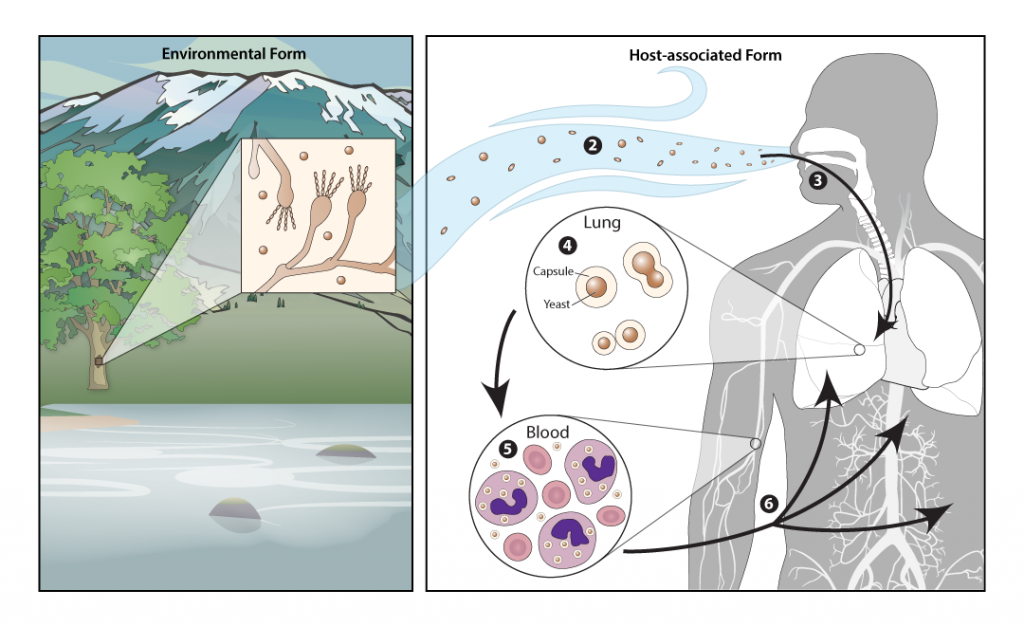Figure 6.7: Biology of Cryptococcus gatti.


Cryptococcus gatti lives as a yeast in the environment (1), usually in association with certain trees or soil around trees. Humans and animals can become infected with C. gattii after inhaling airborne, dehydrated yeast cells or spores (2), which travel through the respiratory tract and enter the lungs of the host (3). The small size of the yeast and/or spores allows them to become lodged deep in the lung tissue. The environment inside the host body signals C. gattii to transform into its yeast form, and the cells grow thick capsules to protect themselves (4). The yeasts then divide and multiply by budding. After infecting the lungs, C. gattii cells can travel through the bloodstream (5) — either on their own or within macrophage cells — to infect other areas of the body, typically the central nervous system (6).
US CDC, 2020.